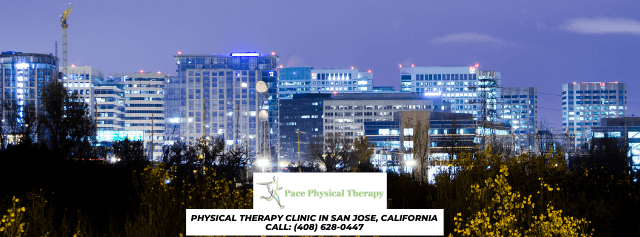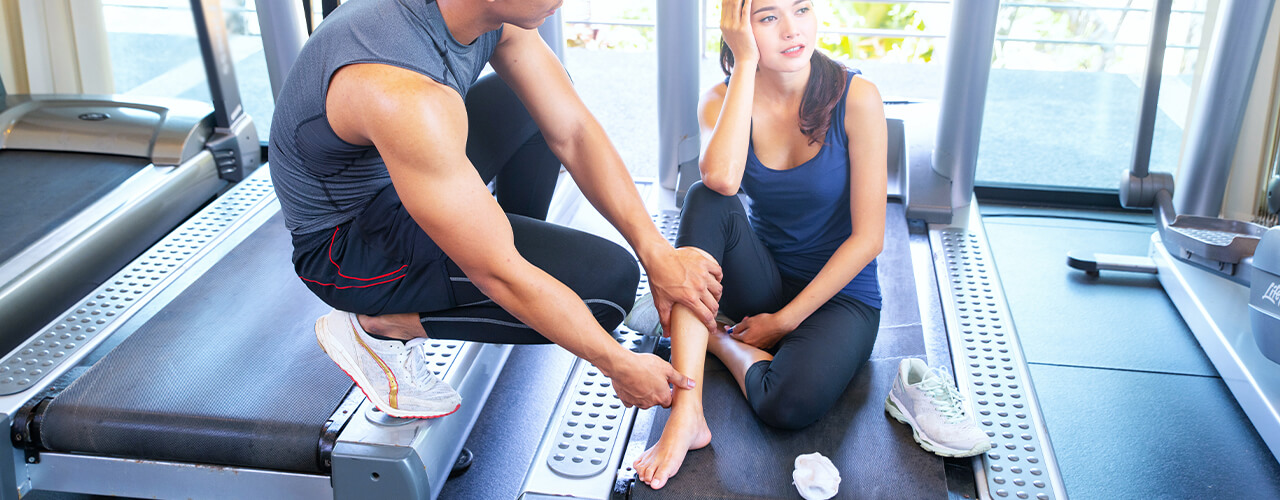What Is The Best Physical Therapy For Sciatica?

Many people are suffering from sciatic pain, which refers to back pain caused by the sciatic nerve being pinched. This nerve starts at your lower back and runs down every leg, so people often have the pain of shooting down their legs when they’re dealing with sciatica.
To recover from sciatica, surgery is an option but not a great one. In fact, Sciatica can be treated easily with physical therapy, which is usually what people would prefer rather than expensive and invasive surgery.
Physical therapy for sciatica will be more effective in helping you grow stronger, while surgery is a quick fix for the moment that doesn’t always hold up in the long run, sometimes requiring you to seek further treatment or procedures if the pain returns.
Here are the five exercises you can do:
- Reclining pigeon pose
Pigeon pose is a common pose of yoga. It’s working to open the hips. There are multiple versions of this section. The first one is the starting version known as the reclining pigeon pose. If you’re just starting your treatment, you should try your reclining pose first.
- Get your right leg up to the right angle while you’re on your back. Clamp your hands behind your thigh, lock your fingers.
- Lift your left leg and place your right ankle at the top of your left knee.
- Hold your position for a moment. This helps to stretch the tiny piriformis muscle, which sometimes swells and presses against the sciatic nerve, causing pain.
- Do the same exercise on the other leg.
Once you can do the reclining version without any pain, work with your physical therapist on the sitting and forward versions of the pigeon pose.
- Forward pigeon pose
- Kneel on all fours on the floor.
- Pick up your right leg and move it forward in front of your body on the ground. Your lower leg should be on the ground, horizontal to your body. Your right foot should be in front of your left knee while your right knee is on the right.
- Stretch out your left leg all the way behind you on the floor, with the top of your foot on the ground and your toes pointing back.
- Gradually shift your body weight from your arms to your legs so that your legs support your weight. Sit down straight with your hands on either side of your legs.
- Take a deep breath, please. Lean your upper body forward over your front leg as you exhale. Support your weight with your arms as much as you can.
- Repeat on the other side of it.
- Sitting pigeon pose
- Sit down on the floor with your legs stretched out in front of you.
- Bend your right leg, put your right ankle on top of your left knee.
- Lean forward and let your upper body reach your thigh.
- Hold on for 15 to 30 seconds. This stretches the glutes and lowers the back.
- Repeat on the other side of it.
- Standing hamstring stretch
This stretch can help to ease the pain and tightness of the hamstring caused by sciatica.
- Place your right foot on a raised surface at or below your hip level. It could be a chair, an ottoman, or a stairway. Flex your foot to make your toes and leg straight. If your knee tends to be hyperextended, keep a slight bend in it.
- Bend your body forward slightly towards your foot. The farther you go, the deeper the stretch. Don’t push yourself so far that you feel pain.
- Release the hip of your raised leg down, rather than lift it up. If you need help relaxing your hip, loop a yoga strap or a long exercise band over your right thigh and under your left foot.
- Hold on for at least 30 seconds, then repeat on the other side.
- Sitting spinal stretch
Sciatica pain is triggered when the spine compresses the vertebrae. This stretch helps to create space in the spine to relieve the pressure on the sciatic nerve.
- Sit down on the ground, your legs stretched straight out, your legs flexed upward.
- Bend your right knee and place your foot flat on the outside of your opposite knee.
- Place your left elbow on the outside of your right knee to help you gently turn your body to the right.
- Hold on for 30 seconds and repeat three times, then switch sides.
Are You Looking for Relief From Back and Sciatica?
Pace Physical Therapy in San Jose, California specializes in back pain and sciatica relief and recovery therapies. We pride ourselves on offering the best possible physical therapy available and going above and beyond for our patients. Our highly experienced physical therapist will work with you to improve your function and relieve your pain. We start by assessing the body as a whole. Oftentimes the cause of pain or an injury extends far beyond just the body part or muscle hurting. Without taking a comprehensive look at your entire self, we would be doing you a disservice in fully helping you heal and preventing future limitations. We then move on to fixing your areas of limitation. Not all diagnoses are created equal. One person with low back pain may have completely different limitations than the next person. Your recovery program needs to be specific to what YOUR body needs and not just the typical exercise program that you can find online to and-aid the real issue. Just because your pain decreases or you can walk longer doesn’t mean that it is enough to get you functioning at the level you want to be. While this often signifies the end of care at your typical PT clinic we don’t stop providing guidance until we help you successfully meet every goal you set for yourself with us on day one. Contact us today to schedule your appointment!


